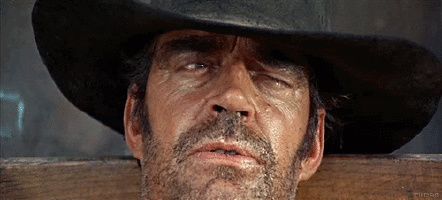In February of this year (2017), Helena suggested we enroll the our two daughters in horseback riding classes in San Juan Capistrano. My first reaction was one of sticker shock. The cost of 4 classes of 1-hour each was
$250 per child. We can swing this for 1-2 months, I thought, and then one or both would lose interest as is the case with most extracurricular activities they engage in.
 |
Mission Stable where the Bridges Equestrian herd is kept
Click on picture to see full size |
The first day of class I was introduced to a whole new world. As soon as I walked into the Mission stable - pictured left - , I felt like I was on a western movie set. I've always had a not so favorable impression of the high class equestrian society. These poor animals were roaming the earth freely until 3,500 BCE when they were domesticated for transportation, agriculture and warfare. In more developed countries, they are used for sports and entertainment.
The
cost of maintaining one horse is ~$2,500 a month for housing, food, farrier (trim hooves + shoeing), health care without emergencies or sickness (these would cost thousands more), and this is not counting training expenses or purchase cost.
Peculiarly, all of the equestrians at this set of stables are females. In fact, the groomers and trainers are all females as well. The only sign of males could be found in the occasional stable hand passerby; the ones hauling hay etc. Why is that?? I did some internet research and found that while female riders dominate the amateur ranks, males dominate professionals in a sport where females and males compete together. No one knows the reason why, but the fact that males dominate professionals is reasonable given the level of aggressiveness and dominant behavior required to be successful in the sport. Today, (4-8-2017) I asked Tara, my kids' instructor, about her opinion on the matter. She thinks it's because
males refuse to wear the tight pants required for riding. Tara has been a part of the
Bridges Equastrian since she was 8. She works there as a full time instructor, and even spends her days off on premises. She is great.
 |
| Dior |
On to the next item of interest: How do horses feel about living a life partially in solitude quarters, ridden at the behest of owners and trainers, and castrated (gelded) to control masculine/aggressive behavior? It turns out even though horses are herd animals, they can form a bond with humans or other animals, such as goats and sterile donkeys, and learn to live a satisfactory domesticated lifestyle. The castrating (removing testicles) is not a psychological hindrance either since many male horses (stallions) do not mate in the wild. A typical herd has one stallion to multiple mares.
And, what is the accident rate and severity in horseback riding? The rate is similar to motorcycle riding. 80% of head injuries occur while mounted on a horse (the rest are on the ground when the horse kicks, typically the vet or farrier). The rate of accidents in jumping and cross country eventing is higher than casual riding. Over 100 deaths occur each year from head injuries out of 7 million riders in the U.S. There are 10-20 times more non-fatal head injuries.
One study referenced 1 accident per 2,000 hours of riding. With proper precaution and handling, this sport is less dangerous than many other common sports such as basketball.
A couple of fun facts: Horses have a an average brain size of a tennis ball, they cannot breathe through their mouths, and they cannot vomit.
 |
| Johanna and Twinkle 4-2-2017 - Twinkle was in the movie The Princess and The Pony |
 |
| Elin and Teddy 4-2-2017 |






No comments:
Post a Comment